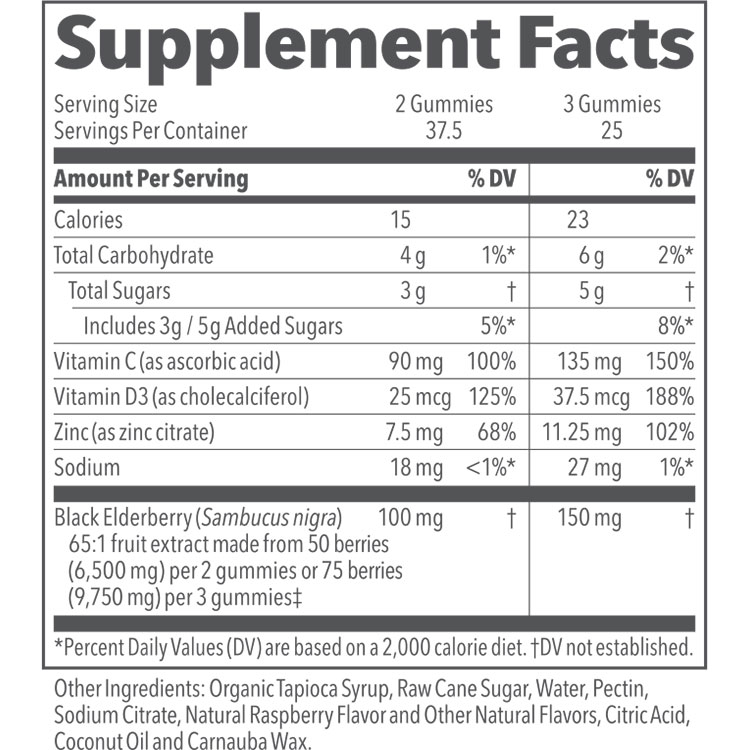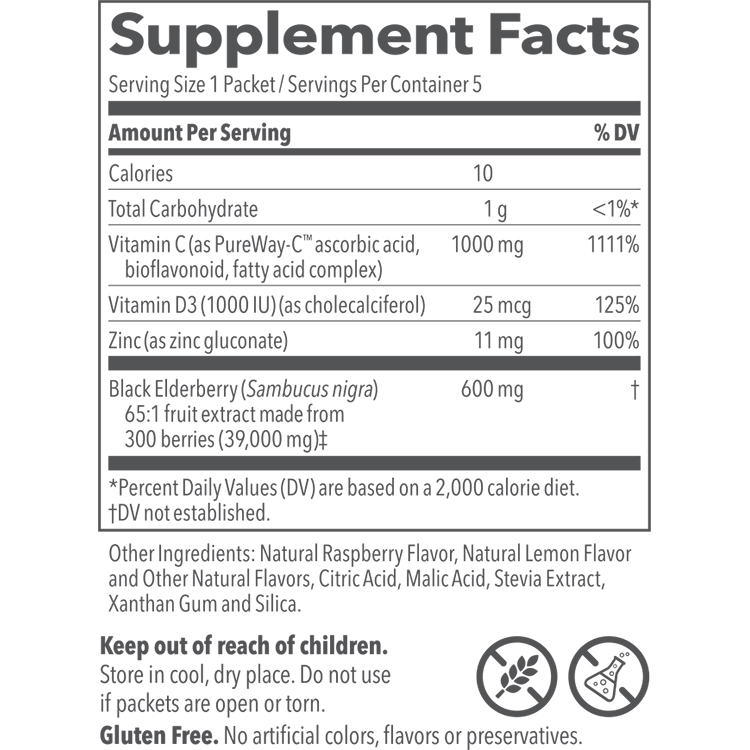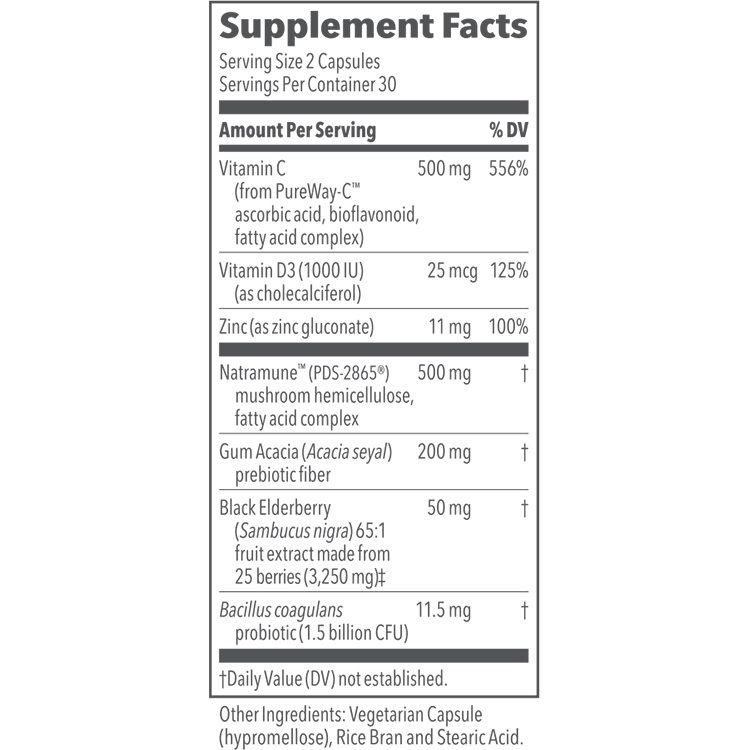BACKGROUND
Ingredient Type: Vitamin
Also Known As: Niacin, Niacinamide
The story of the discovery of vitamin B-3 as an essential element of nutrition is tightly linked with its deficiency known as pellagra. Pellagra is known for the 3 D’s: dementia, diarrhea, and dermatitis. In the past, pellagra was prevalent among those who based their almost exclusively on corn; however, the availability of a variety of foods and fortified grains has drastically reduced its reach. The condition was first described by a physician by the name of Gaspar Casal in 1735 just after corn was introduced to Europe. Thereafter, pellagra seemed to pick up speed and sweeping through the old world. Reports of increasing pellagra numbers were reported in Romania, Egypt, and France. There was even a hospital in Italy built solely for the care of the condition. At the turn of the 20th century, it was increasing in numbers in America, especially the South (1).
As the disease seemingly spread, many began to believe in an infectious cause of the disease; however, an American physician named Joseph Goldberger had another idea and set out to prove it through research. In 1915, he conducted a study in a Mississippi jail, in which he found that pellagra could be induced through the modification of diet. He concluded that a deficient substance in the diet must be the cause. He named this unknown part of needed in the diet P-P factor (pellagra-preventative factor) (1). The public and politicians refused to believe in a dietary cause of pellagra, inspiring another study called the Goldberger filth parties. Goldberger, so confident in his theory, decided to test it on himself and his close associates followed. He injected a certain amount of blood of those with pellagra into his circulation, rubbed nasal and throat swabs of pellagra patients in his nose and throat, and many swallowed capsules containing the scabs of those with pellagra. No one in these so-called “filth parties” ever contracted pellagra (2).
At this juncture, many held fast to their belief in an infectious cause of pellagra, but in 1937 another scientist used Goldberger’s findings to uncover the true identity of the P-P factor. He was able to induce pellagra in dogs with Goldberger’s diet and subsequently cure it with nicotinic acid, later called niacin or vitamin B-3 (1).
TRADITIONAL USES
The traditional uses of vitamin B-3 are quite limited due to its somewhat recent discovery as vital to human health (1937). It has nonetheless been unknowingly used by every person who has walked the earth as a means to maintain health. Vitamin status means that the consumption of it is essential to our health. It is in a wide variety of foods including fish, nuts, whole grains, fortified grains, chicken, lean red meat, legumes, and potatoes to name just a few (3).
WHAT DOES SCIENCE TELL US?
Vitamin B-3 Treats Niacin Deficiency:
In a healthy human body, about 50% of vitamin B3 is made from a chemical reaction between tryptophan, vitamin B2, and vitamin B6 and 50% is ingested. Vitamin B-3 participates in reactions that involve the movement of hydrogen atoms and electrons, which most notably is necessary for energy production from fats, protein, and carbohydrates. It also participates in the production of steroid hormones such as estrogen, testosterone, and cortisol. It helps to decrease bad cholesterol (LDL), increase good cholesterol (HDL), and decrease triglyceride levels when given in pharmacologic doses (4). Additionally, vitamin B-3 is essential to produce glutathione, one of the body’s most potent antioxidants (5).
In the past, diets based on corn was the main perpetrator of vitamin B-3 deficiency, now alcohol dependency syndrome, general poor nutrition, and anorexia have been identified as more common causes. Alcohol dependence is associated with a lack of multiple B vitamins, which can slow recovery and lead to long term damage if not corrected. One study identified 31 of the 2947 (1%) patients being treated for alcohol dependence syndrome with pellagra. Of those identified with pellagra, the majority were in a lower-income cohort. They found that prompt treatment of these patients with vitamin B-3 included in their nutritional regimen resulted in complete recovery within three weeks (6).
Vitamin B-3 Might Help Reduce Oxidation and Support Better Circulation:
In the Endocrine Society Clinical Practice Guidelines, vitamin B-3 is included in the suggested medications which should be considered in the treatment of moderate to severe triglyceride levels. The guideline outlines that mild to moderate hypertriglyceridemia levels in the blood leads to an increased risk for cardiovascular disease, while moderate to severe levels puts one at risk for pancreatitis (7). Thus, vitamin B-3 is an important treatment option to reduce the risk of circulatory disease and as a preventative measure against one cause of pancreatitis.
Vitamin B-3 is a vital component of the body’s main system for fighting oxidation (5). Such oxidation is prevalent in the blood due to its high oxygen content. This naturally leads to some oxidative damage to the blood vessels. One study showed that an above average consumption of niacin (>22 mg/day) was associated with a 25% increase in blood flow through the brachial artery when compared to those who consumed less vitamin B-3 than the average (p<0.05). Additionally, they found that markers for oxidative damage were more abundant in the latter group than in the former (p<0.05). This study is remarkable in its claims because it shows not only that vitamin B-3 can be used in the special cases of high blood markers or deficiency, but more importantly in a healthy adult. This begs the question of what the optimal vitamin B-3 intake should be. In any case, this study shows that an increase in vitamin B-3 can lead to better circulation through decreased oxidative damage (8).
Vitamin B-3 Possibly Supports a Healthy Mind:
Some practitioners have prescribed and noted an anti-anxiety effect of niacinamide at large doses, well above the daily required amounts suggest (9). A study conducted in mice and in vitro showed a benzodiazepine-like effect in the brain, a powerful category of anti-anxiety medication used for panic disorder. Benzodiazepines commonly recognized include Valium and Xanax (10).
A more recent case study was published outlining the profound effect large doses of vitamin B-3 could have in a person with bipolar II disorder. The condition was initially managed with lithium and other strong medications without a satisfactory resolution. Upon a trial of vitamin B-3, the patient’s mood improved greatly. The vitamin medication prescribed at 1 g/ 3 x day proved to have the greatest effect upon the patient’s mood and soon, the other medications were slowly weened from the patient’s prescription list. The patient remained stable on the vitamin B-3 for 11 years. When not taking the niacin, the patient became anxious and depressed within 2-3 days, which was quickly relieved within a day of resuming the regimen (11).
Vitamin B-3 Possibly Helps Support Female Libido:
Blood flow and sufficient building blocks for sex hormones are essential to the physical and psychological sexual response. Vitamin B-3 is key for the maintenance of them both. One study which looked at the desire, overall satisfaction with sex life, and frequency of intercourse showed an increased in various measures on a supplement containing vitamin B-3 when compared with placebo. The study was double-blinded and had 108 female participants, 55 of whom took a supplement containing L arginine, ginseng damiana, and vitamin B-3. Due to the concoction of many ingredients, it is impossible to say which ingredient of the pill had the greatest effect, if any. The fact remains; however, that a supplement with said ingredients was able to help females experiencing low libido (11).
SAFETY
Recommended daily intake for adult women: 14 mg. Recommended daily intake for adult men: 16 mg. The recommended maximum intake per day should generally not exceed 6000 mg/day. There is a wide range of doses which are considered safe for consumption (13).
Interactions:
Moderate
- Statins, used for cholesterol modification, can interact with high doses of niacin, resulting in a condition called rhabdomyolysis. Rhabdomyolysis is a state of excessive muscle break down (12).
- Alcohol may cause increased flushing and itching associated with high doses of niacin (12).
- The ability of the body to excrete allopurinol, a drug used in the treatment of gout, could be diminished by niacin (12).
- Bile acid resins bind niacin tightly, reducing its ability to be absorbed. It is recommended that 4 to 6 hrs be taken between administration of niacin and bile acid resins to allow for the proper absorption of niacin (12,13).
Minor
- Although aspirin reduces the flushing associated with niacin, at doses larger than those recommended for this task it can cause the body to reduce the excretion of niacin, leading to a build-up (12,13).
Side-Effects:
Excess vitamin B-3 as seen in the large doses required for the treatment of hypertriglyceridemia can result in gout, increased blood sugar, and facial flushing (4). In a controlled clinical trial of niacin doses of 500 mg/day to 2000 mg/day (recommended daily value to be used as a vitamin is 22 mg/day), the most common side effects were flushing, diarrhea, nausea, vomiting, cough, and itching (13).
REFERENCES
- Niacin History. https://www.news-medical.net/health/Niacin-History.aspx. Accessed April 23, 2019.
- Dr. Joseph Goldberger and the War on Pellagra. https://history.nih.gov/exhibits/goldberger/docs/pellegra_5.htm. Accessed April 23, 2019.
- 8 Amazing Benefits of Vitamin B3 (Niacin). https://www.organicfacts.net/health-benefits/vitamins/vitamin-b3-or-niacin.html. Accessed April 23, 2019.
- Le, Tao, and Vikas Bhushan. First Aid for the USMLE Step 1 2017. 27th edition. New York: McGraw-Hill Medical, 2017.
- 10 Natural Ways to Increase Your Glutathione Levels. https://www.healthline.com/nutrition/how-to-increase-glutathione. Accessed April 23, 2019.
- Narasimha VL, Ganesh S, Reddy S, Shukla L, Mukherjee D, Kandasamy A, Chand PK, Benegal V, Murthy P. Pellagra and Alcohol Dependence Syndrome: Findings From a Tertiary Care Addiction Treatment Centre in India. Alcohol Alcohol. 2019 Mar 1;54(2):148-151. doi: 10.1093/alcalc/agz004.
- Berglund L, Brunzell JD, Goldberg AC, et al. Evaluation and treatment of hypertriglyceridemia: An Endocrine Society clinical practice guideline [published correction appears in J Clin Endocrinol Metab. 2015 Dec;100(12):4685]. J Clin Endocrinol Metab. 2012;97(9):2969–2989. doi:10.1210/jc.2011-3213
- Kaplon RE, Gano LB, Seals DR. Vascular endothelial function and oxidative stress are related to dietary niacin intake among healthy middle-aged and older adults. J Appl Physiol (1985). 2013;116(2):156–163. doi:10.1152/japplphysiol.00969.2013
- Why Niacinamide is One of my Favorite Nutrients. https://www.naturopathicce.com/niacinamide/. Accessed April 23, 2019.
- Mohler H, et al. Nicotinamide is a brain constituent with benzodiazepine-like actions. Nature. 1979;278:563-565.
- Ito, T. Y., Polan, M. L., Whipple, B., & Trant, A. S. (2006). The Enhancement of Female Sexual Function with ArginMax, a Nutritional Supplement, Among Women Differing in Menopausal Status. Journal of Sex & Marital Therapy,32(5), 369-378. doi:10.1080/00926230600834901
- Niacin and Niacinamide (Vitamin B3).https://www.webmd.com/vitamins/ai/ingredientmono-924/niacin-and-niacinamide-vitamin-b3. Accessed April 23, 2019
- Niaspan. https://www.rxlist.com/niaspan-drug.htm#interactions. Accessed April 23, 2019.




